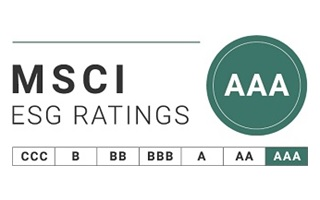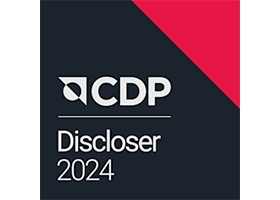アクセシビリティポリシー
ACCESSIBILITY POLICY
アクセシビリティとは、高齢者、障がいのある人、および一時的に障がいのある人などを含めて、全てのユーザーが同じように利用できるようにしていこうという考え方です。
当社は当社が提供するウェブサイトを年齢・身体的制約・ご利用環境などに関わらず、より多くの皆さまに問題無くご利用いただけるよう、アクセシビリティの確保および向上に努めてまいります。
構造および表示スタイル
- 適切な文書構造に従って記述する。
- W3C規格の仕様・文法に従う。
- 画面全体又は一部が早い周期で点滅しないようにする。
- 共通ナビゲーションは、読み飛ばせるようにする。
- 各ページタイトルは、利用者に内容が分かりやすいように記述する。
- リンク及びボタンは、識別しやすく、操作しやすくする。
- PDF書類やアプリケーションなど処理に時間がかかる要素へのリンクには、データサイズを記述する。
- 利用者からの問合せ先をページ上の分かりやすい位置に明示する。
- 事前に知らせている場合を除いて、別ページに移動したり、新しいページを開かない。
- プラグインが必要なデータには、各種必要なプラグインバナーを表示し、プラグインをダウンロードするサイトへとリンクを飛ばす。
- すべての利用者がコンテンツを理解し操作できるよう、明快かつ簡潔な説明や補足を付ける。
タイトル・ナビゲーション
- メニューに用いるテキストは、サイト全体で統一する。
- 各ページには、内容が予測しやすい、適切なタイトルをつける。また、タイトルの重複などに注意する。
- 各ページのヘッダ、およびフッタコンテンツを統一し、理解しやすいページ構造とする。
- 各ページに統一された主要なメニューを配置する。
- ページ内で用いられる見出し、フォームのラベルなどのテキストは適切なものを選択し、利用者が理解しやすい記述を心がける。
- ページ内のリンク・ボタン等は識別しやすく、操作しやすい統一された大きさ、レイアウトにする。
- 利用者が複数の手段を用いてページにアクセスできるよう、複数の導線を確保する。
- 利用者が繰り返される共通ナビゲーションをスキップし、主要なコンテンツに移動できる仕組みを用意する。
音
- 音は、ユーザが大きさやON/OFFを制御できるようにする。
- 自動的に音を再生しない。
- 音声ブラウザでの読み上げに配慮した表記とする。
文字・言語
- 省略語、専門用語、流行語、俗語の使用を極力避け、必要に応じて解説をつける。
- フォントには、読みやすいサイズや書体を指定する。
- 文字サイズは、読みやすいサイズを指定する。
- 単語の途中にスペース又は改行を入れない。
非テキスト情報
- 画像には、代替テキスト情報を付ける。
- リンクする画像には、リンク先の内容が予測できる<Alt属性>による代替情報を記述する。
- 変化又は移動する画像やテキストは、その速度、色彩・彩度の変化などに注意して作成する。
リンク
- リンクテキストやボタンは、十分な大きさ、幅にする。
- リンクとリンク間は、適度に間隔をおき、ユーザの誤操作を防ぐ。
- テキストリンクには、オンマウス時に下線を表示する、通常のテキストとは違う色を用いるなど、リンクであることが極めて明確にわかるようにする。
- テキストリンクやリンクボタンに設定する代替情報には、リンク先の情報やボタンの機能を理解できる情報を設定する。
- 新しいウィンドウで開く場合、他サイトへ移動する場合はその旨を統一されたアイコンで示す。
- 新規ウィンドウを開く場合は、ユーザに告知するために、新規ウィンドウアイコンをつける。


